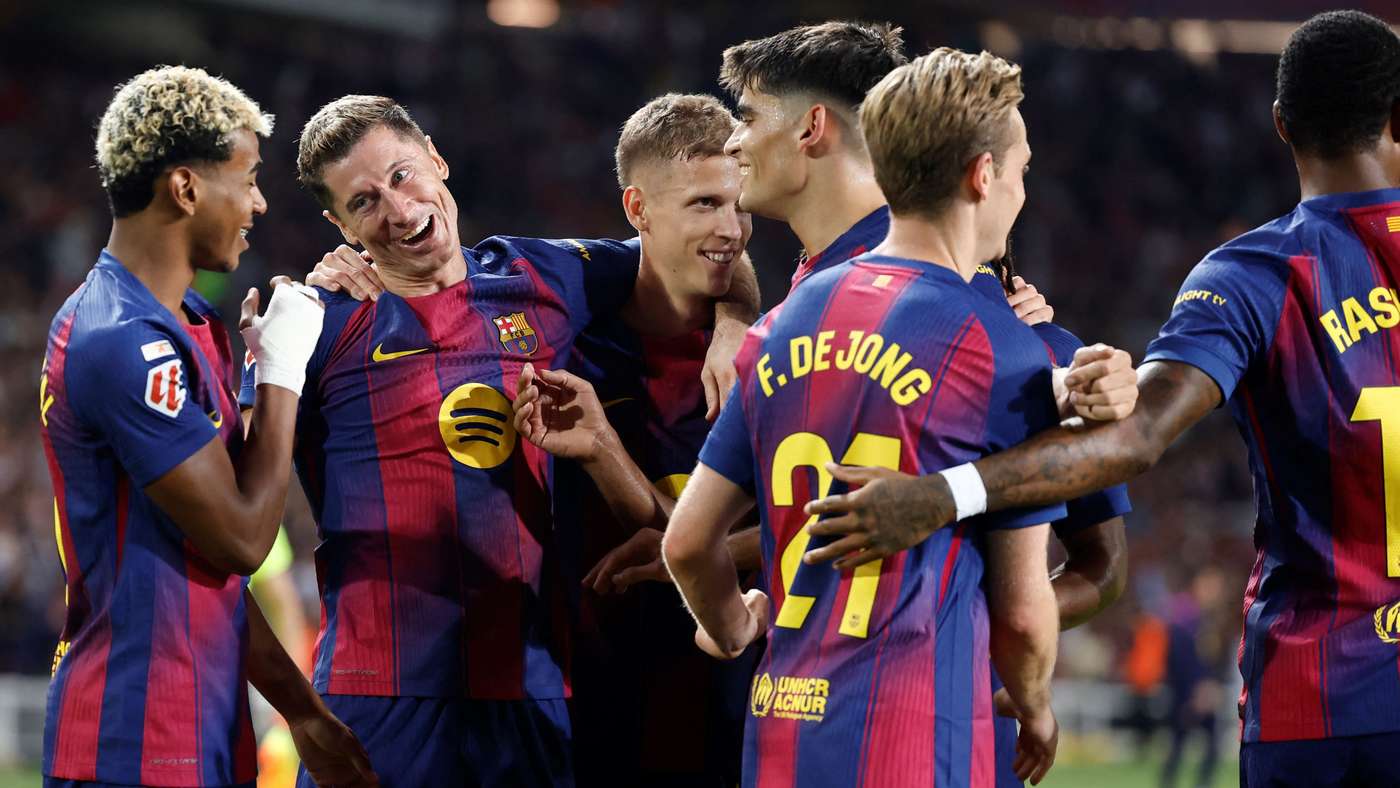Barcelona’s Camp Nou Comeback Delayed: Renovation Snags Push Opening Back
2 octobre 2025

Update: Camp Nou Opening Delayed Again
Barcelona's return to Camp Nou has been postponed once more, as the club announced the stadium will not be ready to host its upcoming Champions League fixture against Olympiakos.
The Catalan giants had hoped to secure clearance from the city council in time for their third Champions League game scheduled for October 21, but the permit did not come through, so the match will be played at Estadi Olímpic Lluís Companys, where Barca recently lost 2-1 to Paris Saint-Germain in continental competition.
Barça said the club continues to work to obtain the necessary administrative authorizations to open Camp Nou in the coming days.
After more than two years of renovation work, the iconic stadium remains unfit to host matches, even with a reduced capacity.
The final capacity is expected to reach 105,000 spectators. It had been due to open in November 2024, but the project has been delayed several times.
The city’s fire department said evacuation routes are still an issue, along with other safety concerns.
The Catalan side, coached by German Hans Flick, has played its first three league games away from home to allow extra time to prepare the venue for a reopening. It hosted Valencia and Getafe at the Johan Cruyff Stadium, which seats six thousand, adjacent to the training ground.
The rebuilding cost is estimated at €1.5 billion (about $1.75 billion).
Camp Nou History
Camp Nou is one of the world’s most iconic sports venues, not only as the home of Barcelona but as a cultural symbol reflecting Catalan identity. The stadium officially opened on 24 September 1957 with a friendly between Barcelona and Legia Warsaw of Poland, drawing a huge crowd and launching a long legacy of achievements and memories.
The idea to build Camp Nou emerged in the 1950s when officials felt the old Les Corts stadium could no longer accommodate the growing crowds.
Construction of Camp Nou was undertaken as a monumental project worthy of a club expanding both athletically and in popularity.
In fact, construction took about three years and cost around 288 million pesetas at the time.
Since its opening, the venue hosted major events, including the 1999 Champions League Final between Manchester United and Bayern Munich, regarded as one of the most dramatic finals in history after the Red Devils' late comeback.
It was also a stage for Spain's 1982 World Cup and served as a venue for football during the 1992 Barcelona Olympics.
For Barça, Camp Nou has been linked to an era of footballing legends Johan Cruyff, Diego Maradona, Ronaldinho, Lionel Messi, who lit up its turf across decades.
It became a focal point of domestic and European glory, especially under Pep Guardiola, who guided the side to a historic treble in 2009.
Camp Nou's atmosphere has at times exceeded 120,000 spectators before safety measures later reduced capacity to about 99,000.
Beyond just a stadium, it stands as a sacred site for Catalan fans, a hub where sport and regional identity intertwine, notably visible in the southern stand known as Gol Sur during peak eras of spirited fan chants.
Today, with the renovation underway, Barça aims to transform Camp Nou into a modern architectural gem, expanding seats and upgrading facilities to deliver an exceptional fan experience.
Punchline 1: If patience were a tactic, Barca would be world champions of waiting—still training for a return that’s fashionably late.
Punchline 2: When Camp Nou finally reopens, even the scoreboard might need a caffeine fix to keep up with the crowd.



